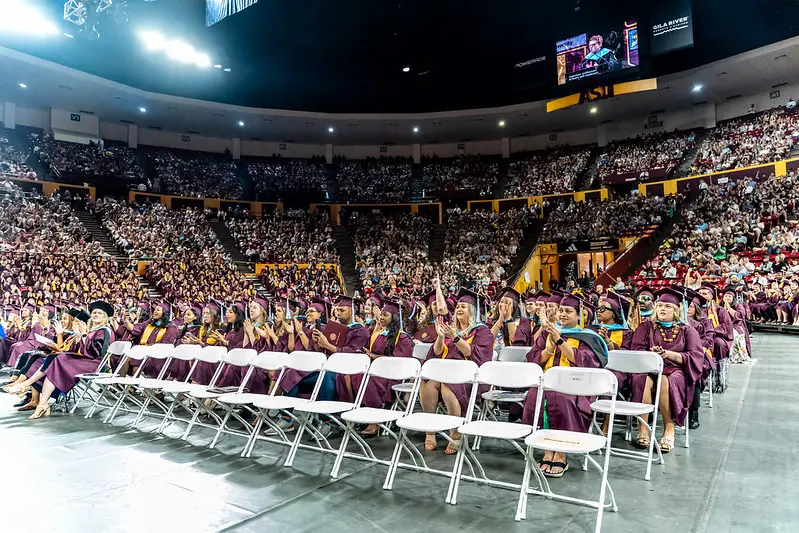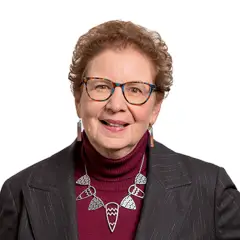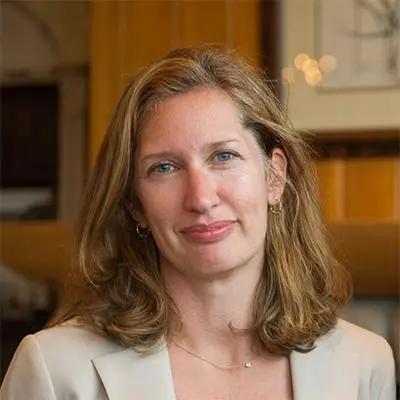One of us (Carole) was recently asked what a world without colleges of education would look like. Carole’s response: “I’m not sure the world would miss us.” And she spoke as the dean of one of the largest colleges of education in the country.
There has been no shortage of documentation of how schools of education have failed to prepare teachers, principals, and district leaders for today’s classroom realities. The profound disconnect between what educators are taught and what research says they need has been well-documented. Multiple efforts to reform teacher preparation over the past few decades have floundered. Forward-thinking deans are often thwarted by faculty resistance, backward-looking accreditation standards, inflexible state credentialing systems, antiquated reward systems, and financial incentives that don’t reward or encourage entrepreneurial thinking.
As a result, we’re not preparing educators to navigate rapidly shifting parent and employer demand for more personalized instruction, AI literacy, and career-connected learning.
Colleges of education are no longer the only option for would-be teachers, and it’s time we realize it. Today, we face increasing competition from alternative programs offered by for-profit and nonprofit organizations, school districts, and even teachers’ unions. Colleges of education can—and must—do better. Deans, faculty, college presidents, and states should lead the transformation.
First, colleges of education must drive and test innovations to solve for variance in learning. Policymakers created schools of education (originally called “normal schools”) more than 100 years ago to prepare teachers to teach the “norms” of society, at a time when most K-12 graduates went on to work in factories or on farms. There is no such thing as an average learner. “Average” is a statistical abstraction and a hallucination. Until we remake our programs to solve for variance among both learners and educators, we won’t address the critical needs facing our field.
Colleges of education must see each student and their highly varied needs as the X to solve for and design the teaching profession and schools to better address that variability. Our current “one-teacher, one-classroom” model simply cannot solve for variance. To address this gap, ASU’s Next Education Workforce Initiative and teacher education programs are working on the assumption that teachers will be better able to meet student needs if educators, AI-driven tech solutions, and parents and community leaders work as teams to bring widely varied expertise and support to students. We are now trying and testing these ideas in partnership with more than 140 schools serving more than 27,000 students nationwide.
Second, colleges of education must conduct cutting-edge research that is both rigorous and actionable. Research in colleges of education is too often irrelevant to the problems that teachers, learners, and system leaders face. Instead, faculty have incentives to publish research on their chosen topics in obscure, sometimes even paywalled, journals that few can access, even if they want to.
Research at colleges of education should:
- Focus on questions that directly affect educator practice and student outcomes.
- Strive to be more interdisciplinary.
- Strive to be non-partisan.
Colleges of education should:
- Cast a wider net when hiring faculty, and look beyond people who earned doctorates from the very systems that need transforming.
- Commit to building knowledge around systemic barriers to improvement via policy centers and district partnerships.
- Recruit researchers and build research centers connecting knowledge creation to practice and policy.
Third, colleges of education must partner with districts and fuel community-driven, evidence-based solutions. While colleges of education do more than just prepare educators, this is by far our most visible and critical role. We can no longer do it in isolation.
For decades, policymakers set up the following dynamic: colleges of education were responsible for preparing an adequate supply of teachers to meet school districts’ demands; districts were responsible for hiring and retaining them. The equation has been simple, if reductive: supply comes from the colleges, districts determine demand, and retention (or lack thereof) is left to the unpredictable churn of the profession.
This supply-demand pipeline has been, as professor Richard Ingersoll put it, “a leaky bucket.” Worse, it creates educators for the outdated one-teacher, one-classroom model, producing neither adequate learning outcomes for students nor professional satisfaction for teachers.
What if, rather than being reactive suppliers to existing or exacerbated demand, colleges of education partnered with school districts to actively redesign what the demand should be? What if colleges of education worked backward from that goal to produce a differentiated, dynamic supply of educators and scholars? Ed schools could partner with school districts, state leaders, and others to help shape a more effective system for developing tomorrow’s educators—and by extension, tomorrow’s workforce.
At ASU, we’re working with schools and systems in Arizona and across the country to learn how our college of education can:
- Help schools think more strategically about their staffing models.
- Help schools deliver deeper and personalized learning to all students to address the reality that every child has special needs–in effect, an IEP for all.
- Make schools more joyful places of learning without compromising rigorous academic standards.
- Help educators proactively harness the power of AI to improve everything from resource allocation to classroom tutoring.
How it can happen: ASU’s story
The U.S. has over 1,600 colleges of education. That’s too many. Some states have over 40 teacher preparation programs. When President Michael Crow became President of ASU in 2002, we had three separate colleges of education. In 2008, he consolidated them into what is now known as the Mary Lou Fulton College for Teaching and Learning Innovation. This forced us to focus, downsize, and get aligned.
Colleges of education must also start envisioning ourselves as builders, not as credential mills. At ASU, we are developing organizational structures and standards of academe that reward building for impact and scale, not just publishing for publishing’s sake. We are shifting faculty thought and practice to building international programs, cross-disciplinary collaboratives, and new school and staffing models.
And we must be nimble, creative, and responsive. At ASU, we have been a national leader in structuring online coursework and are now moving beyond the idea that every course must be three credit hours or every degree must be 120 credit hours. We are using micro-courses so our students can create stackable courses to meet their needs. We are making content once available only to degree-seeking students in university classes available even liberating our content to make it available to teachers and families in alternative learning models, such as homeschools, microschools, specialized, and charter schools—focusing on the demand-side of preparation, not only the supply side.
We’re also focusing on being future-ready. ASU faculty and researchers are at the forefront of understanding how AI will affect learning, jobs, and even what it will mean to be human in the future. Our recent research showed that we are one of the very few making progress on this front—a significant problem as the nation struggles to prepare the next generation of educators for the AI revolution.
Leadership is needed—if not from ed schools, then from states
We believe public education cannot make leapfrog improvements without a fundamental transformation in colleges of education. It may be true that no one would miss us if we went away. Still, it’s also true that no other institutions can prepare the next generation of educators, school and system leaders, and educational researchers right now. Many ed school leaders are willing and able to make the same kinds of shifts we have made at ASU. But these future-focused deans and faculty members need their university presidents to provide them with cover and incentives.
State governors and school chiefs have a vital role to play, as well. They can review and make changes to state credentialing requirements, for example, to ensure ed schools have clear guidelines for preparing educators for the realities of an AI world or for following the growing body of research on literacy and math. They can also develop a statewide R&D commission to fund relevant, rigorous, and action-oriented research and prioritize research-practice partnerships over journal publications with a narrow audience and impact.
Let’s face it: Colleges of education are not paragons of non-partisanship, relevant research, or innovation. But in 10 years, they could be, if universities and states made a concerted effort to support a shift and a vision for a new direction.
If colleges of education cannot make this shift, states will be forced to look for alternative ways to accomplish the tasks now largely vested in ed schools. The stakes are simply too high.
As the late school superintendent John Murphy (Charlotte-Mecklenburg, NC; Prince George’s County, MD) used to say, “Large institutions don’t change because they see the light. They change because they feel the heat.” Even though he was referencing K-12 school districts, he could have just as easily been talking about colleges of education. The heat is already here. It’s time for change.
Grounded in CRPE’s core belief that public education is a goal, not a particular set of institutions, this series begins with exploring what shape a revamped federal role in education might take. Future posts will examine the evolving responsibilities of states and local communities. This series is a forum to challenge assumptions, spark debate, and generate ideas for preparing today’s and tomorrow’s students for a rapidly changing, uncertain future.





